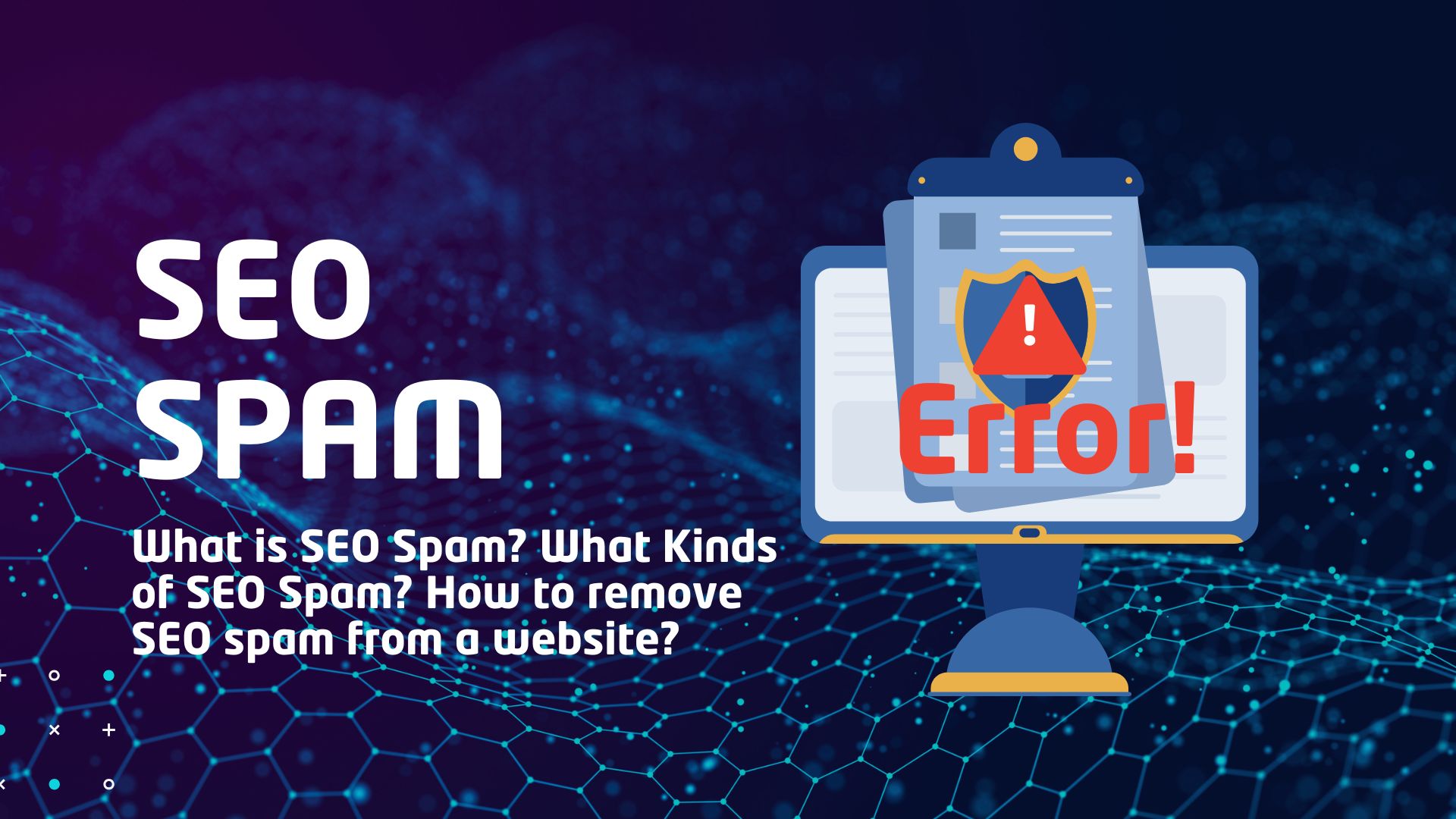What is SEO Spam? What Kinds of SEO Spam? How to remove SEO spam from website?

✅ What is SEO Spam?
SEO spam, also known as Spamdexing or search engine spam, is a black-hat SEO tactic where hackers or malicious actors inject malicious content into a website to manipulate search engine rankings. This is often done without the site owner’s knowledge and can harm your website’s reputation, rankings, and even get you blacklisted by search engines like Google.
🚨 Common Types of SEO Spam
-
Keyword Spam / Keyword Stuffing
-
Overloading a webpage with keywords to rank for specific search queries.
-
-
Spammy Links
-
Inserting backlinks to low-quality or malicious websites to pass link equity.
-
-
Cloaking
-
Showing different content to search engines than what users see.
-
-
Pharma Hack
-
Injecting pharmaceutical-related content like Viagra or Cialis to rank on those keywords.
-
-
Japanese SEO Spam
-
Creates random Japanese pages with affiliate links or fake store content.
-
-
Gibberish Content Spam
-
Injecting nonsensical or auto-generated content with keywords and links.
-
-
Malicious Redirects
-
Redirecting users to spammy or malicious websites, usually only on mobile or from search engines.
-
-
User-Generated Spam
-
Spam in blog comments, forums, or guestbooks with malicious backlinks.
-
🛠️ How to Detect and Remove SEO Spam
🔍 Step 1: Detection
-
Use Google Search Console
-
Look for Security Issues or sudden traffic drops.
-
Check the URL inspection tool for unexpected content.
-
-
Perform Site Search
-
Search:
site:yourdomain.comand look for weird or spammy pages.
-
-
Use Security Scanners
-
WordPress users: Install Wordfence or Sucuri Plugin.
-
Check Your Files and DB
-
Look for unknown scripts in themes, plugins,
.htaccess, or JavaScript files. -
Look in the database for injected links or content.
-
🧹 Step 2: Removal
-
Backup Your Website
-
Before doing anything, take a full backup (files + database).
-
-
Clean Infected Files
-
Remove or replace infected core files, plugins, or themes.
-
Use tools like MalCare, Wordfence, or Sucuri for automated cleanup.
-
-
Remove Spam Pages
-
Delete spammy content from your CMS or directly from the server.
-
-
Fix .htaccess or Redirects
-
Restore a clean
.htaccessfile to remove malicious redirects.
-
-
Change Credentials
-
Change all passwords: cPanel, FTP, CMS admin, database.
-
-
Update Everything
-
CMS, plugins, themes — all to the latest versions.
-
-
Submit to Google
-
Use Google Search Console to request a review if your site was flagged.
-
🛡️ How to Prevent SEO Spam
-
Keep your CMS, plugins, and themes updated.
-
Use a web application firewall (WAF).
-
Limit plugin use and only install trusted ones.
-
Secure your admin area (strong passwords, 2FA).
-
Regularly scan your site for vulnerabilities.
-
Use security plugins like Wordfence, iThemes Security, or Sucuri.

